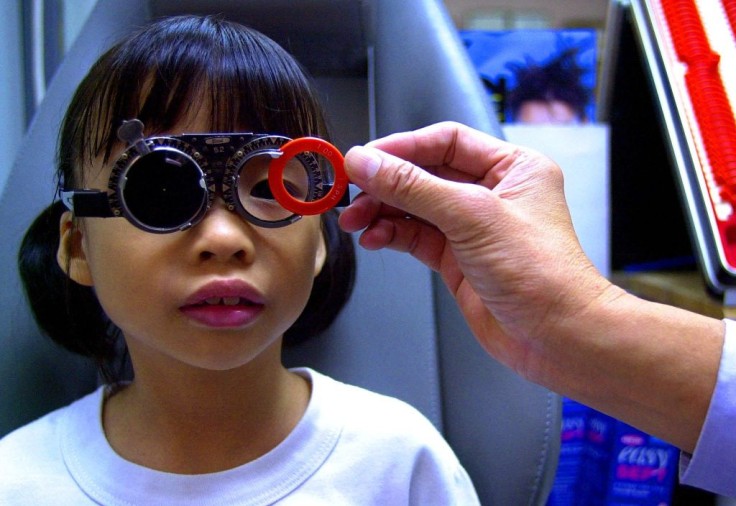
Myopia, or shortsightedness, could affect more than 740 million kids around the world by the year 2050, according to a new study.
A global analysis, the most comprehensive to date, found that one in three children and teenagers worldwide are affected by myopia, an eye condition wherein a person cannot see an object far away clearly.
That same analysis also raised concerns about the significant rise in nearsightedness in kids, with the rates increasing from 24% in 1990 to 36% in 2023. The study drew on relevant research and government reports published to June 2023. The paper was published in the British Journal of Ophthalmology.
The increase in the share of kids with myopia has been gradual over the past three decades was gradual. However, researchers noted a spike after the COVID-19 pandemic.
Researchers are now forecasting that the prevalence of myopia in kids will likely increase to 36.6% in 2040 and 39.8% in 2050. That would represent more than 740 million children and teenagers.
What Causes Myopia?
Experts are unsure why myopia occurs. However, some experts noted that increasing the use of computers or smart devices for long periods could put kids at greater risk of developing shortsightedness.
The study found that girls and kids living in urban areas were more likely to develop the condition than boys and children in rural areas.
By region, the researchers said the most rapid increases in myopia were recorded in Southeast Asian countries. In fact, East Asian children were 35% more likely to have myopia. This could be due in part to the fact that children in East Asia start formal education at the age of 2---far earlier than children in other places.
By country, Japan had the highest rate of myopia, with 86% of its children reporting shortsightedness. South Korea followed, with 74%. Conversely, Paraguay and Uganda only had a 1% rate of nearsightedness.
Preventing Myopia
To reduce a child's risk of developing myopia, they are encouraged to spend at least two hours outdoors daily. This is especially important for children between the ages of seven and nine. Parents are also recommended to limit reading time or screen time outside of school.
Myopia cannot be cured, but there are special lenses that slow down the development of the condition.
High levels of myopia are believed to increase the risk of more serious eye conditions, including glaucoma, cataracts, retinal detachment, myopic macular degeneration, and possibly permanent loss of vision.
RELATED ARTICLE : Sunlight May Reduce Risk of Nearsightedness or Myopia